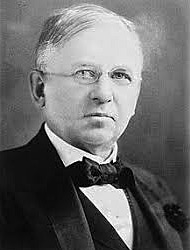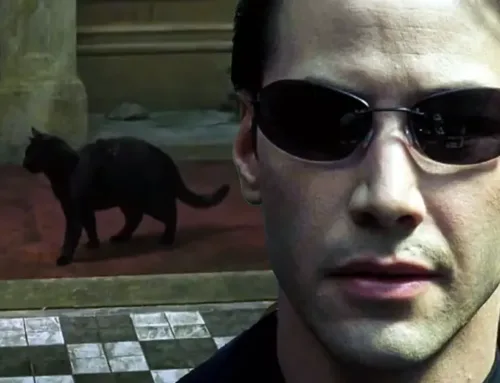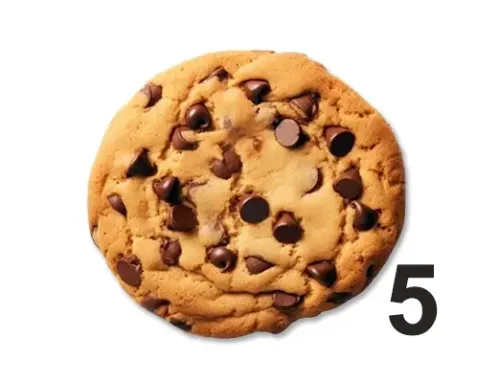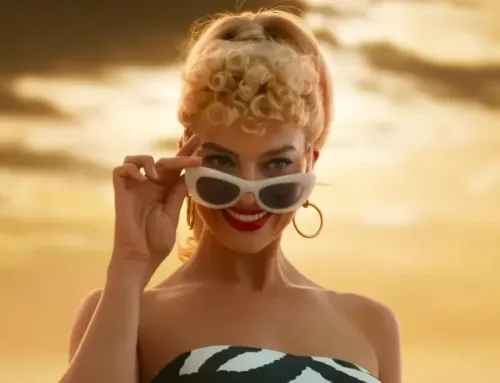“Half the money I spend on advertising is wasted; the trouble is I don’t know which half.”
 John Wanamaker, 1838-1922
John Wanamaker, 1838-1922This is a quote generally attributed to John Wanamaker, an American department store magnate, US Postmaster General, religious leader and politician, born in 1838. Yes, it was made 150 years ago, give or take. He would have made this comment in the context of his retail business’ advertising in newspapers. Thank goodness digital and social media came along 130 years later to save the day.
Except according to current sources, more than half of some online media and social media is fake [1]. It’s a little more complicated than that actually. According to New York Magazine’s Intelligencer:
- More than half of measured web traffic is non-human.
- Many media performance metrics are fake, or at best, as Facebook continues to demonstrate, too-generously counted.
- Many online businesses are fake, even on Amazon.
- Thanks to the rise of click farms, a growing portion of the people using their mobile phone to access the Internet is fake.
- More social media influencers are faking their influence [2] and their success representing brands [3]. Now, non-human influencers are appearing [4].
In a truly weird inversion of previous reality, only the advertising is real.
Real Marketing
What’s a glass-half-full marketer to do moving forward?
- Make sure your marketing communications mix includes some traditional media, if only to get back to a 50% waste level. Please pardon this last bit of sarcasm.
- Focus more marketing communications on the customers you have now. If they are paying for your products and services, they must be real humans. Motivate them to buy bigger and/or more frequently, be more loyal and recommend your brand to other real humans.
- Be vigorous in the due diligence for the digital media you use. Unearned celebrity isn’t real.
- Focus on the marketing elements that come before communications—the ones that start your brand off as real. Positioning, pricing and packaging.
- Remember that marketing is a combination of art, science and faith (of the secular variety). The effectiveness of marketing has been in question for hundreds of years, yet it soldiers on. 150 years ago, Wanamaker was having us on to make a point—he certainly learned to make marketing build his many businesses.
- Max Read, “How Much of the Internet Is Fake? Turns Out, a Lot of It, Actually.”, Intelligencer, December 26, 2018. I wonder if the writer`s name is real. Maybe it’s a completely fake article, meaning this post is…
- Josh Kolm, “Unilever cracks down on influencer fraud”, Strategy, June 18, 2018.
- Taylor Lorenz, “Rising Instagram Stars Are Posting Fake Sponsored Content”, The Atlantic, December 18, 2018.
- Nabil Rachid, “The next influencers could be unreal”, Strategy, July 19, 2018.
- Main image credit: Sharron Henderson.






Even celebrity influencers are not immune to fakery. Here’s the key quote from the article linked below:
“…Swedish e-commerce start-up A Good Company and analytics firm HypeAuditor – which assessed 1.84 million Instagram accounts across 82 countries – concluded that the majority of “influencers” on Instagram engaged is some form of fakery, artificially boosting followers, likes and comments and/or using bots.”
https://www.campaignlive.co.uk/article/taylor-swift-kardashians-neymar-among-celebs-fake-followers/